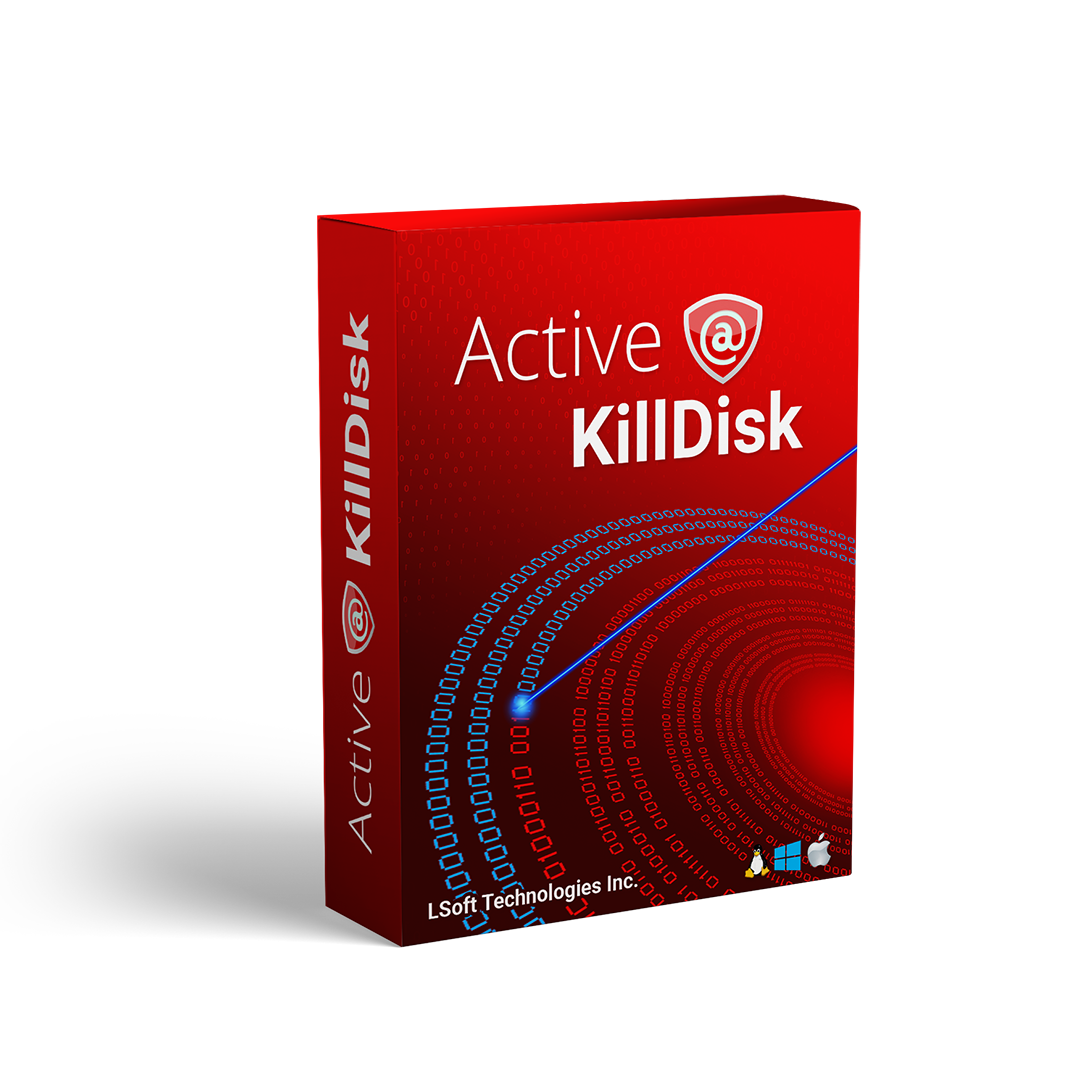The Hidden Cost of Outsourcing Data Sanitization — Why Smart Companies Bring It In-House
Introduction
Many IT directors operate under the misconception that there’s a universal approach to data sanitization. In reality, the rules vary dramatically between government and private sectors, with compliance frameworks that are either mandatory, voluntary, or somewhere in between.
Government Sector: Strict, Clear, and Mandatory
For federal agencies and government contractors, the standards are non-negotiable: • Legal Framework: FISMA (Federal Information Security Management Act), codified under Title 44 U.S. Code, mandates strict compliance. • Standards: The primary technical requirement is NIST Special Publication 800-88 Revision 1. This is the definitive standard for media sanitization. • Additional Layers: Defense contractors must adhere to DFARS and NIST 800-171, especially when handling classified information, guided further by NSA/CSS policies. • Consequences: Non-compliance can result in debarment from federal contracts—last year, over 2,400 referrals were made—and criminal penalties ranging from 10 to 20 years in prison. • Current Status: The DoD itself has abandoned outdated standards like DoD 5220.22-M, emphasizing the need for current, validated approaches.
Failing to comply jeopardizes not only contracts but personal freedom. The stakes are high, and enforcement is relentless.
Private Sector: A Patchwork of Voluntary and Regulated Obligations
In contrast, private organizations face a complex landscape: • Healthcare: HIPAA’s Technical Safeguards have resulted in over 49 million for improper IT asset disposal. • Financial Services: GLBA, SOX, PCI DSS, and other regulations impose strict disposal and retention rules—penalties in the hundreds of millions annually. • State Laws: Twenty-one states have enacted comprehensive privacy laws—California fines up to $7,500 per violation; Colorado requires GPC support; Virginia mandates broader deletion scopes. • International Regulations: The GDPR empowers regulators with fines up to 4% of global revenue or €20 million, as evidenced by Meta’s $1.2 billion penalty.
Despite the appearance of voluntariness, regulatory scrutiny is intensifying, making private-sector compliance increasingly mandatory.
Risk-Based Approach to Data Sanitization
To navigate this landscape effectively, organizations should adopt a risk-based framework: • Impact Levels: Use FIPS 199 categorization—Low, Moderate, High—to assess data severity. • Low Impact: Basic overwriting suffices. • Moderate Impact: Cryptographic erasure or secure block commands. • High Impact or Classified: Physical destruction when necessary.
Technological Advancements and Best Practices
For government and defense, NIST 800-88 remains the gold standard. Private-sector organizations should adopt recognized frameworks—preferably the latest IEEE 2883-2022 standard, which offers: • Efficiency: Cryptographic erase in 1-2 seconds versus hours of overwriting—a 99% reduction in processing time. • Reliability: Proven security comparable to or exceeding traditional methods.
Practical Implementation: A Sector-Specific Strategy
At LSoft Technologies, we’ve tailored our solutions (KillDisk software) to meet the unique requirements of each sector: • Government: FISMA-compliant processes, accreditation documentation. • Healthcare: HIPAA-specific audit trails and BAA compliance. • Financial: Multi-framework handling for GLBA, SOX, and PCI. • Multinational: Seamless support for GDPR, state laws, and federal standards.
Our KillDisk Industrial platform simplifies compliance for diverse needs, allowing organizations to operate confidently across sectors.
Conclusion
Getting data sanitization right isn’t just about avoiding fines or legal action—it’s about safeguarding your organization’s reputation and viability. Recognizing sector-specific standards and adopting validated, efficient methods like cryptographic erasure can turn compliance from a risk into a competitive advantage. The standards are there, the tools are ready.

